EDITORIAL
Published on 24 Oct 2022
Editorial: Symmetry as a guiding principle in artificial and brain neural networks
doi 10.3389/fncom.2022.1039572
- 1,727 views
- 1 citation
7,584
Total downloads
61k
Total views and downloads
EDITORIAL
Published on 24 Oct 2022
ORIGINAL RESEARCH
Published on 08 Aug 2022
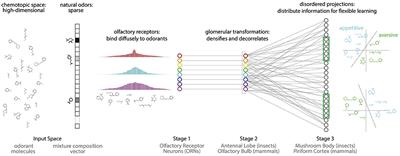
ORIGINAL RESEARCH
Published on 12 Jul 2022

ORIGINAL RESEARCH
Published on 11 May 2022
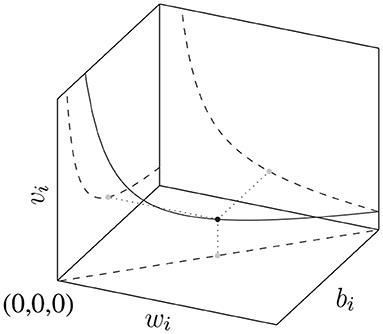
REVIEW
Published on 14 Apr 2022

ORIGINAL RESEARCH
Published on 15 Mar 2022
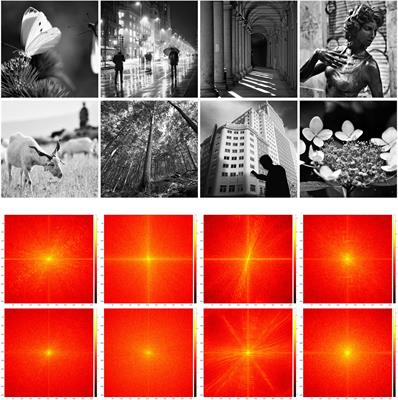
ORIGINAL RESEARCH
Published on 15 Feb 2022
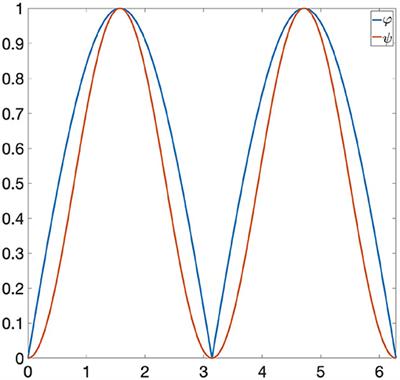
HYPOTHESIS AND THEORY
Published on 01 Dec 2021
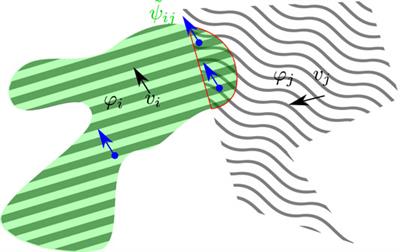
ORIGINAL RESEARCH
Published on 22 Nov 2021
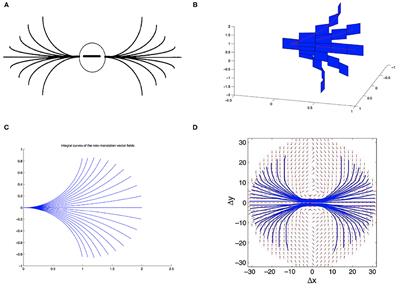
HYPOTHESIS AND THEORY
Published on 23 Aug 2021

REVIEW
Published on 21 Jul 2021

